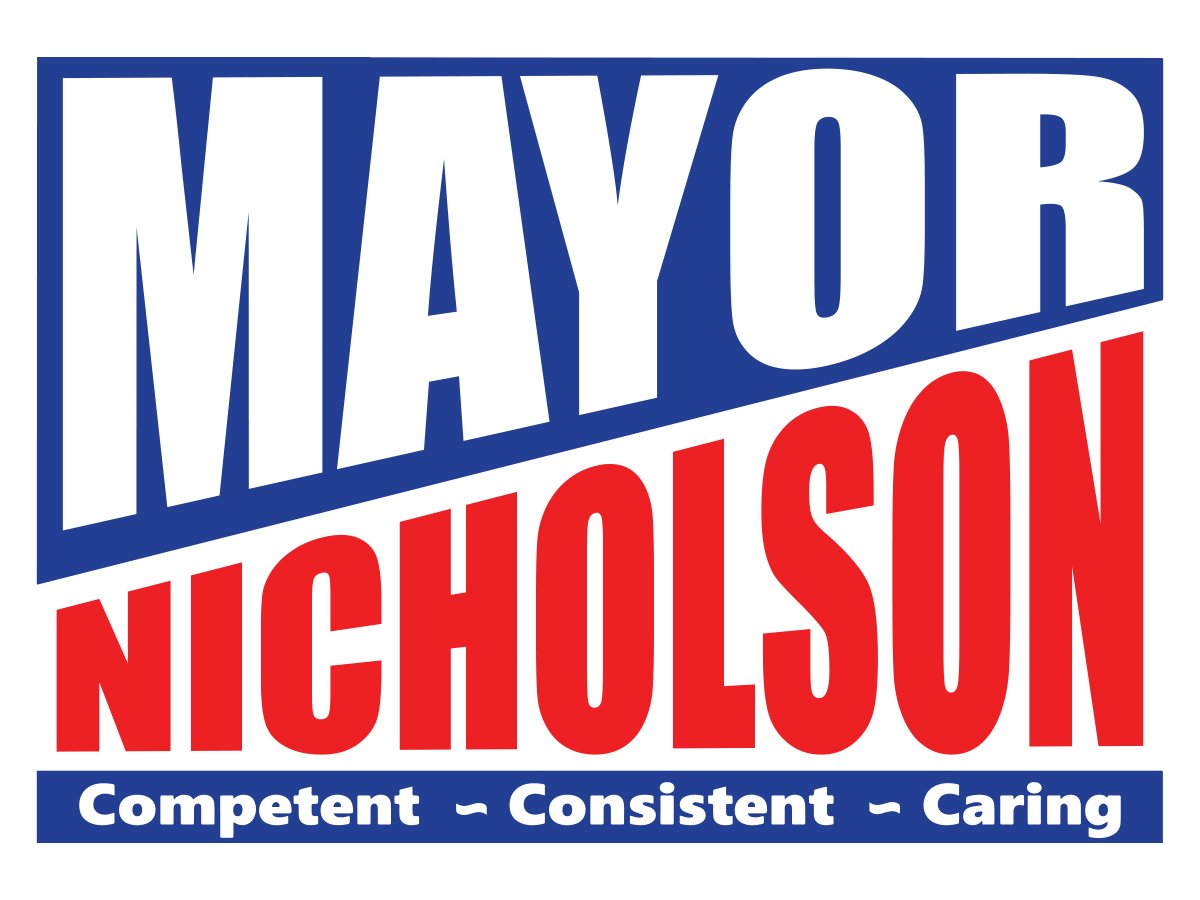Road Funding 101
Weekly update 8/15/2021 to 8/21/2021 #82
Adam Savage of Mythbusters famously said, “I reject your reality and substitute my own.” Each day we form what we see as reality from our own knowledge and experiences. Today, instead of the usual column with a hook to get your attention at the front end and some of what my week has looked like followed with my closing thoughts, I am going to try to explain road funding and how we come to decisions related to road design. With a little luck I will be able to condense what I have learned during my four years on council and now 20 months as mayor so all our realities are more similar.
The city of Seymour has a few funding choices we use regularly. Major projects like Burkart Boulevard’s five phases, the two phases of 2nd Street, O’Brien Street's six phases (three funded and three we hope to get funded to finish the corridor from Burkart on the south to Burkart on the north), and others are funded through Federal Aid Projects. These are normally 80% federal funding and 20% city match. These projects are years in the making and are worked on by teams of engineers and designers from several different areas. The recent common theme when discussing some of these is “stop wasting money and fix our roads.” That is what we are trying to do with this funding source, fix our roads. We can’t use these funds to pave our smaller streets. The funding IS NOT allowed to be spent in that way.
We use the Crossroads Community Matching Grant (CCMG) to resurface our local less traveled streets. Every year we have two chances to apply for up to $1,000,000 in matching funds for these smaller resurfacing projects. Some years the state approves most of this match in the first grant cycle and every few years we are granted less. When this happens, we apply for the second cycle of CCMG and hope we have tweaked our application enough to get approval. CCMG is a 50% state and 50% city funding source. Every year when you see us announce that we are milling down a section of a street and resurfacing it, this is more than likely where it comes from.
As much as the funding source is different, so is the design process. Federal Aid Projects involve much more in the way of traffic studies and early design work than what CCMG projects sometimes do. We put in early design efforts to make sure we have a good fundable project before we apply for Federal Aid Projects. Then if they are approved, we have a five-year window to finish the several stages of design, purchase right of way when needed, hire a contractor, and finally construct the project. The design team will look for the best solutions to problems we have seen in the project area. They take into consideration things like traffic flow, costs, and drainage to name a few. I have yet to have a designer say to me, “I think you should do this to be like another town.” On this topic, though, it is nice to be able to see what has worked and not worked in other communities around the world. In the world of CCMG, we evaluate our road network every two years and have done so since 2014. Then we build the plan based on the most recent evaluation. This gives us a chance to plan what the most bang for our buck is. Concrete roads for example cost considerably more than repairing an asphalt roadway. We try to make sure each year’s proposal includes some concrete each time we apply. Then we work from there to raise our rating the most possible all while staying inside our budget for the year.
Thanks for joining me this week in a different column than what I normally write. I hope I was able to share some of my last several years of experience so you can have a better understanding of when and why we come to the decisions we make.
